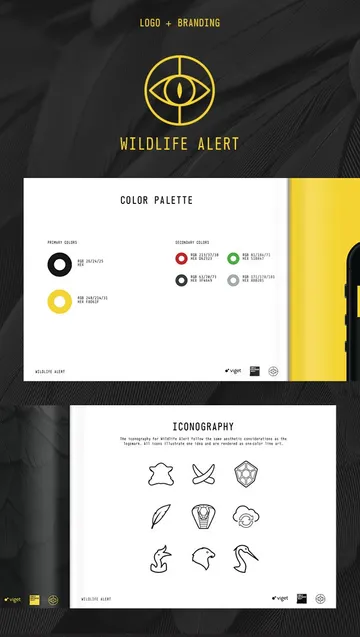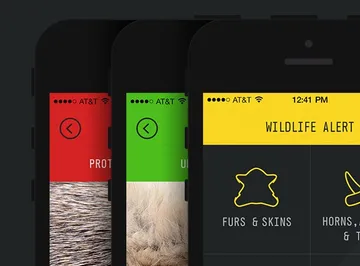Wildlife Alert
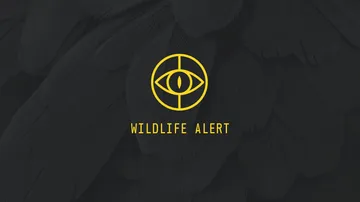
Wildlife trafficking continues to rise on a global scale, but so does the world’s attention to the crisis and the threat it poses to species and societies; better tools are needed to curb the trade. Geared toward use by military personnel, Wildlife Alert is a mobile, diagnostic app that aids users in the identification of potentially illegal wildlife products. Viget developed Wildlife Alert in partnership with the Wildlife Conservation Society (WCS).
What we did
The Need
Combating wildlife trafficking is a key initiative of WCS. A component of that effort is a partnership with the Department of Defense to educate in-country military personnel about which souvenirs and products can potentially violate U.S. law and obligations established by the Convention on International Trade in Endangered Species of Wild Fauna and Flora (CITES). Wildlife Alert is a modern tool that fosters greater awareness of these issues and allows for specific evaluation of wildlife products that may be illegal to transport and possess.

Application Flow
On the surface, identifying a wildlife product can be a complex process, especially if you consider the many characteristics that make the object unique. Reviewing the vast (scientifically-slanted) source data from WCS, it quickly became apparent that we needed to simplify the content if we hoped to create an accurate, but also efficient diagnostic user experience. While a fur may contain various colors, does verifying all of them help lead to an identification? And is it necessary to distinguish between specific colors like reddish, orange, and tawny?
Compressing the data into as few prompts as possible proved one of the larger challenges in building Wildlife Alert. We needed to ensure that the identification process went quickly, that the results were as accurate as possible, and the questions were easy to satisfy. We determined which characteristics were necessary for identification, and which more often led to false positives vs. positive identifications. To help users sift through this information, we created a flow that relied on a process of elimination and answering one question at a time.
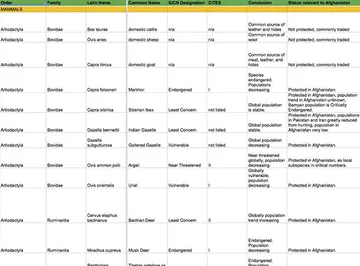
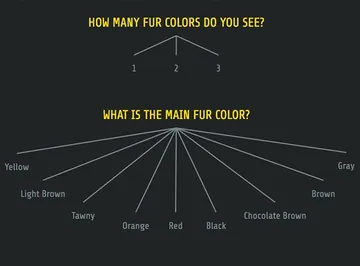
Visual Design
Crafting the visual identity for Wildlife Alert was a fun challenge. Keeping in mind the target user is younger, typically male, and part of the military, we designed an icon set and bold visual style that would appeal to this audience -- a look and feel that, dare we say, would be considered “cool”.
The visual design was not simply about feeling, however. The primary colors of yellow, red, and green, were purposefully employed as visual signals (e.g., caution, stop, go) to reinforce suggested action throughout the diagnostic experience.
